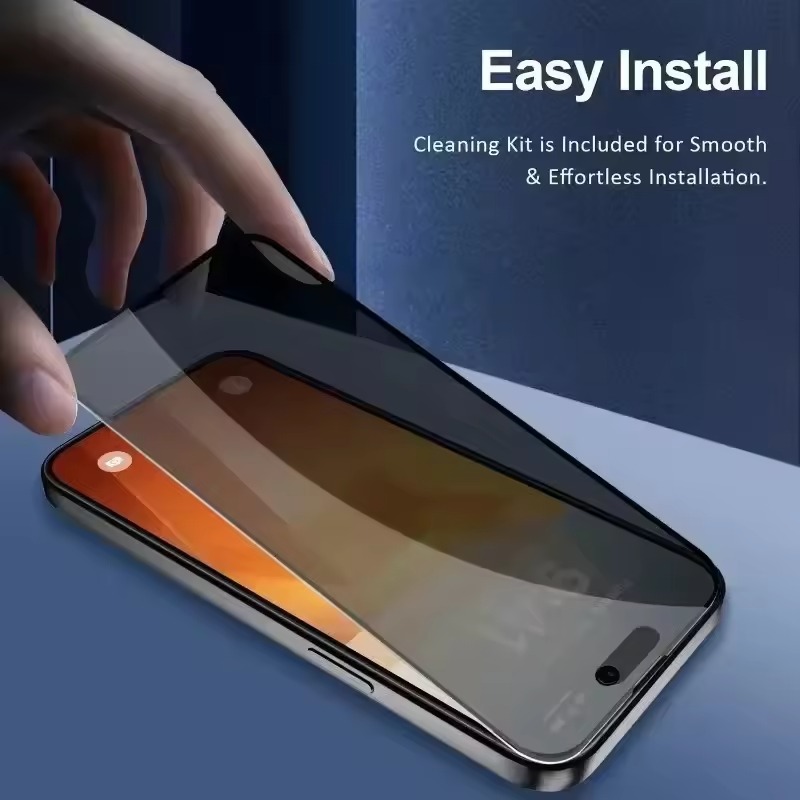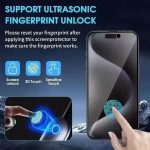Importance of Using a Glass Screen Protector
Protecting your iPhone’s screen with a glass screen protector is crucial. The latest iPhone models come with Ceramic Shield, yet they’re still prone to scratches. Regular objects like keys and coins can easily scratch the screen. Moreover, screen repairs are expensive; for instance, an iPhone 13 Pro Max costs $329 for a screen repair through Apple. A glass screen protector acts as a sacrificial layer, taking the damage that would otherwise affect your phone’s screen.
These protectors are not just a barrier against scratches; they also offer additional protection in case you drop your phone, potentially saving you from a cracked screen. While a damaged screen protector can be replaced with relative ease and at a low cost, repair or replacement of the iPhone’s actual screen involves much more time and money.
Another benefit of using a glass screen protector is the preservation of the phone’s resale value. Keeping the original screen in pristine condition can significantly increase the amount you can resell your phone for later.
Finally, a good quality glass screen protector maintains the touch sensitivity and clarity of the display, ensuring that the phone’s functionality is not hampered by the added protection layer. In summary, using a glass screen protector is a smart and proactive way to safeguard your investment and maintain your iPhone’s functionality and appearance.
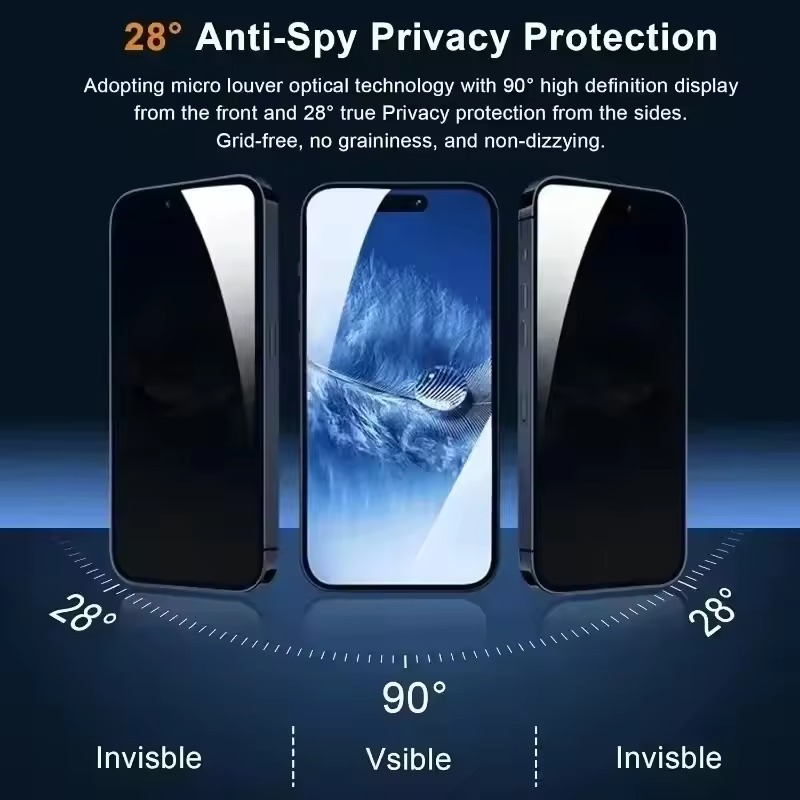
Signs that Indicate the Need for Screen Protector Replacement
Knowing when to remove glass screen protector and replace it is key to maintaining your iPhone’s screen integrity. Here are the clear signs that signal the need for a change:
- Visible Scratches: If you notice significant scratch marks that obscure the screen’s visibility, it’s time for a new protector.
- Cracks on the Protector: A cracked protector can’t offer optimal protection. Replace it to ensure your screen remains secure.
- Peeling Edges: When the edges start to peel, dust and debris can get underneath, reducing protection.
- Reduced Touch Sensitivity: If you experience a decrease in touch responsiveness, your screen protector may be wearing out.
- Scuffs and Marks: Though minor scuffs are normal, excessive marking suggests it’s time for a replacement.
- Discoloration: Any discoloration or change in screen clarity indicates that the protector’s quality is compromised.
Monitor these signs closely to keep your iPhone’s display in top condition. A fresh screen protector means consistent protection and retained functionality of your device.
Required Tools for Screen Protector Removal
Before attempting to remove a glass screen protector from your iPhone, it’s important to gather the right tools. Having these tools on hand can make the removal process smoother and decrease the risk of damaging your phone’s screen.
Examples of Necessary Tools
Here is a list of simple tools you’ll need to remove the glass screen protector safely:
- Wooden Toothpick: A wooden toothpick is essential to gently lift the corner of the screen protector without scratching the screen.
- Credit Card: A plastic card, like a credit card, is used to slide under the protector, helping detach it from the screen.
- Hair Dryer: This can be used to apply low heat, which loosens the adhesive, making the removal easier. Remember to use it on a low setting to avoid overheating your iPhone.
- Microfiber Cloth: After removing the screen protector, you’ll need a microfiber cloth to clean the screen, ensuring no residues are left.
- Cleaning Solution: A mixture of water and vinegar can effectively clean the adhesive residue from your iPhone’s screen.
By using these tools, you can safely remove the glass screen protector. Take care not to rush the process to prevent damage to your iPhone’s actual screen. Once you’ve successfully removed the protector, your phone will be ready for a new one.
Initial Preparation Steps Before Removal
Beginning the process of removing a glass screen protector requires careful preparation. The right approach can prevent damage to your iPhone’s screen and make the process more straightforward. Before diving into the physical removal, it’s crucial to set the stage with some initial steps.
Here are the key prep steps that you should follow:
- Collect Your Tools: Gather the wooden toothpick, credit card, hair dryer, and cleaning supplies mentioned earlier.
- Clean Your Work Area: Ensure you have a neat, well-lit space to work in. A clean area will help you avoid losing any small pieces of glass.
- Wash Your Hands: Clean hands will prevent additional fingerprints and smudges on your iPhone’s screen during the process.
- Turn Off Your iPhone: Power down your device to avoid accidental inputs or calls during the removal process.
- Prepare a Disposal Method: Have a small container or bag ready for safe disposal of the screen protector once removed.
Taking these preparatory steps will set you up for a smooth removal process, minimizing the risk of any mishaps.
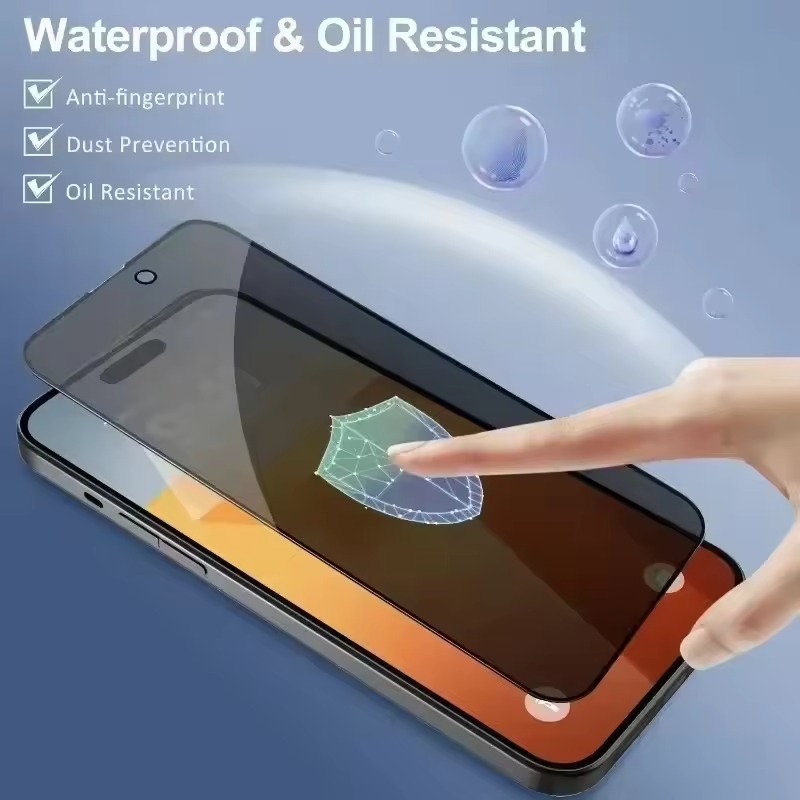
Heating and Loosening the Adhesive
Some screen protectors are designed to adhere firmly to your phone’s screen, which means that removing them can sometimes be challenging. To loosen the adhesive without causing damage, here’s what you should do:
- Apply Low Heat: Use a hair dryer on its lowest setting to warm the edges of the glass protector. Blow over it for about 15-20 seconds.
- Avoid Overheating: Keep the hair dryer moving and do not focus on one area for too long to prevent overheating.
- Touch Test: After heating, carefully touch the edge of the screen protector. It should feel warm, not hot, to the touch.
By properly heating and loosening the adhesive, you can prevent cracking during removal and preserve the integrity of your iPhone’s screen. Proceed with caution and ensure that you’re patient throughout this initial preparation step.
Detailed Steps to Safely Remove the Screen Protector
Removing a glass screen protector requires precision and patience. Follow these detailed steps to ensure a safe and clean removal process.
Lifting the Protector with a Toothpick
Begin by aiming for one corner of the screen protector. Use a wooden toothpick, gently wedging it under the edge. Keep the sharp end pointed upwards, away from the iPhone’s screen, to avoid scratches. Slowly lift the corner until there is enough space for a credit card.
Using a Credit Card to Detach the Protector
Next, take a credit card or a similar plastic card. Slide it under the lifted corner of the screen protector. Gently push the card further, working around the edges and towards the center. Take care not to force the card; if the screen protector resists, lift it bit by bit to avoid breaking it. Continue until the entire protector detaches from the screen.
Cleaning and Preparing the Screen Post Removal
After you successfully remove the glass screen protector, it’s essential to clean the iPhone’s screen. Any adhesive residue left behind can cause problems when applying a new screen protector. Follow these steps to ensure your screen is spotless and ready for a new layer of protection:
- Use a Microfiber Cloth: Gently wipe the screen with a clean microfiber cloth. This helps remove any glass shards or dust.
- Apply Cleaning Solution: If there’s sticky residue, use a mix of water and vinegar. Dampen the cloth slightly and rub the screen in a circular motion.
- Dry the Screen: After cleaning, use a dry part of the microfiber cloth to remove any moisture.
- Inspect the Screen: Check the screen carefully for any remaining debris or smudges. Repeat the cleaning process if necessary.
- Let the Screen Air Dry: Before applying a new protector, let the screen air dry for a few minutes to ensure it’s completely dry.
- Check for Damage: Ensure that your iPhone’s screen has no cracks or damage. If there are damages, consult with a professional before applying a new screen protector.
By following these steps, you prepare the iPhone’s screen for the new screen protector. This helps maintain the touch sensitivity and clarity of your display, ensuring your phone continues to function as it should.
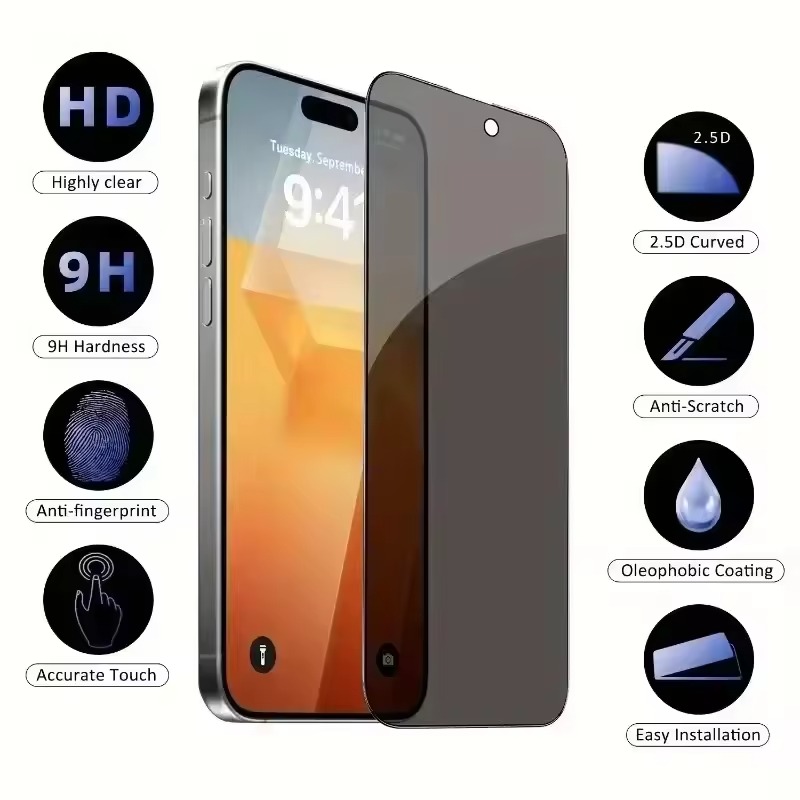
Installing a New Screen Protector
After removing the old screen protector and cleaning your iPhone’s screen, it is time to install a new one. This final step is crucial for continuous protection. Here are the simple steps to follow for a smooth installation:
- Choose the Right Protector: Make sure the new screen protector fits your iPhone model perfectly.
- Clean the Screen: Use a microfiber cloth to wipe the screen. It should be free of dust and smudges.
- Peel the Backing: Carefully remove the protective backing from the new screen protector. Avoid touching the adhesive side.
- Align the Protector: Gently place the screen protector onto the screen. Align it precisely with the edges and the home button.
- Press Down: Once aligned, press down on the protector from the center outwards. This removes air bubbles.
- Smooth Out Bubbles: If any bubbles remain, smooth them out with a credit card or your fingers.
- Check Functionality: Make sure the touch sensitivity is not affected. Test your screen’s responsiveness.
Now, your iPhone is ready once again to face the daily rigors without risking its display. With the new screen protector, you maintain the touch sensitivity, screen clarity, and most importantly, the protection against scratches and impacts. Installing it right is a small effort to keep your phone looking new and functioning flawlessly.
